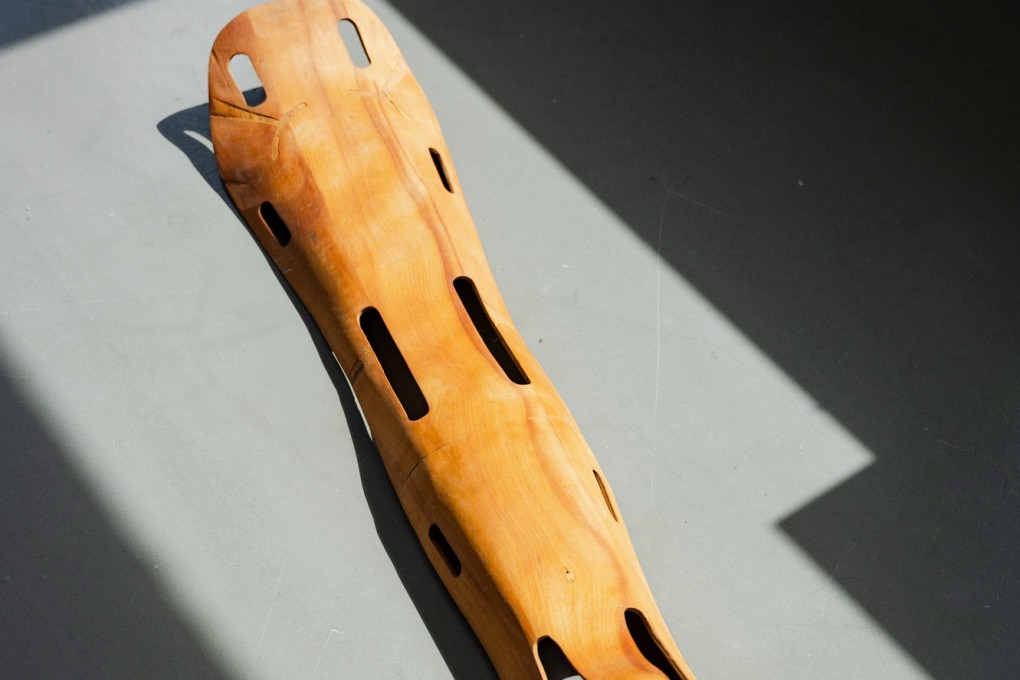Opinion | You’ll never guess what designers Charles and Ray Eames created for the US Navy during WWII
- The designer couple are best known for their ubiquitous furniture designs, but in the 1940s, they turned their talents to creating a useful device for the American Navy

For me, however, the most intriguing thing they created is this mysterious object from 1941 that I unearthed in a Chicago vintage shop back in the 1990s. Though they are extremely rare (because they had a lot of battlefield use), it is estimated that more than 150,000 units of this peculiar sculptural object were produced in only a two-year period. I’d put it up there as one of the Eameses’ biggest selling designs, though most people have never seen it or, fortunately, needed to use it.
Using a rubber bag pumped full of air with a primitive bicycle pump, the mould trapped the multiple layers of thin ply and glue in place, then electricity was zapped into the assembly to heat and cure the glue until the finished form inside was stable. Ray christened this primitive machine the Kazam! because after a couple of hours they would open it up and, like magic, out popped an object.
When their chair experiments were shelved by the onset of WWII and the rationing of materials, the couple looked for ways in which they could contribute to the war effort. They learned through a friend that the standard-issue, steel-rod splints used by the Navy often exacerbated injuries because they tended to vibrate and flex during transport of the injured.
So they shifted their focus to developing a splint that would better protect the injured and could be mass-produced using their experimental Kazam! chair-moulding machine.
